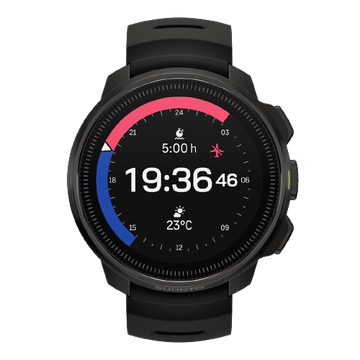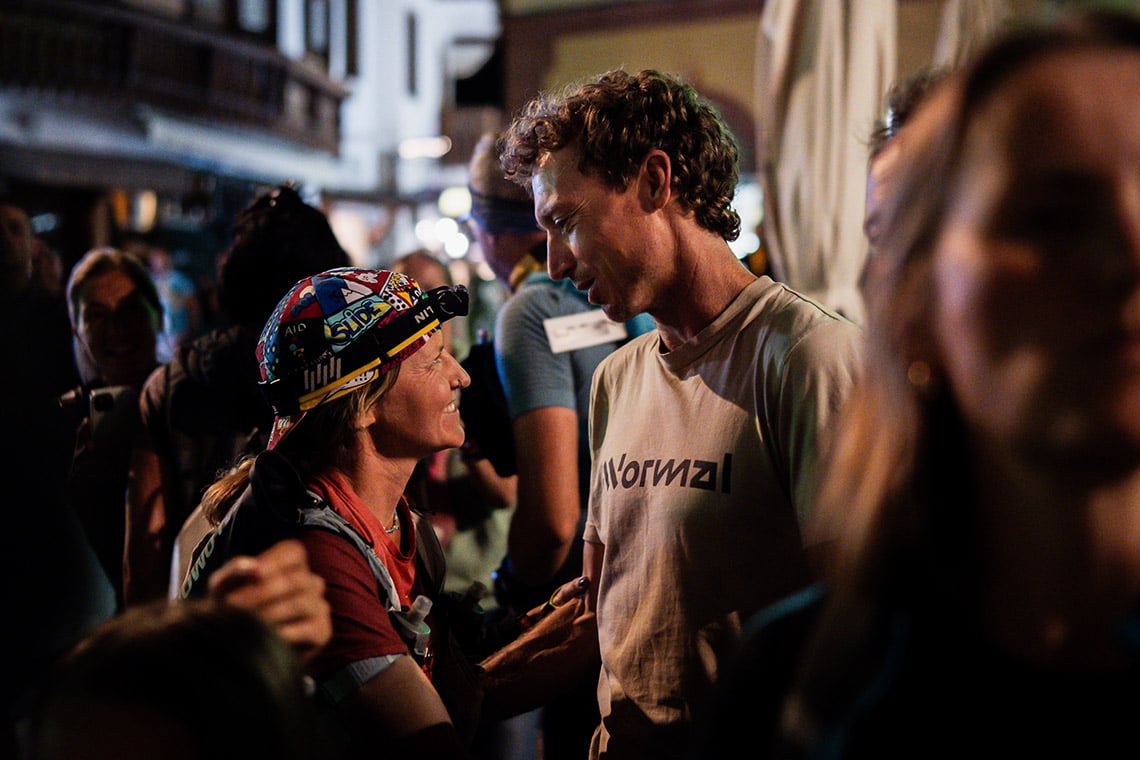Suunto Ambassador, pioneering cave diver, explorer and author Jill Heinerth talks about diving physiology in episode one of this four part series.
Can’t wait to watch the episodes? Click the links to dive right in!
In this episode, Jill Heinerth discusses the basics of dive physics and physiology and how to better use your dive computers as an effective tool when planning, and executing dives.
Talking biological tissue and dive computers, Jill explains how the body reacts to the inert gas you breathe during a dive. When the body is subject to pressure from depth during a dive, it ‘on gasses’ as the inert gas dissolves into your tissues.
Our body tissues include the blood, the brain, ligaments, skin, bone, fat and all your organs and each tissue is delivered different amounts of blood, therefore absorbing different amounts of gas.
The rate in which tissues uptake and release the gas occurs differently for each group of tissues. The groups are sorted into different compartments alongside tissues that have similar gas saturation properties and behave in the same manner.
A dive computer allows the diver to view information that assists them on a dive, and the diver has the opportunity to decide to follow the device.
A dive computer will not, for the most, consider the individual differences of each diver using it. The "type" of diver that is considered is an average person, and there is an added safety margin to take into account to accommodate variations.
Your Suunto dive computer is based on mathematical models. This model, or algorithm, calculates the on gassing and off gassing of your compartments. The algorithm implemented at the core of a computer is a simulation of what happens to gases in a diver's body in an environment where pressure changes.
The research and development team at Suunto test, test and test again to ensure they meet the strictest performance targets. The dive team at Suunto are constantly improving and fine tuning the devices by diving with them over and over again, because we know you will too.
Check out episode one now and explore these topics further.
Episode 2
In episode two of Dive In, Jill Heinerth discusses how your dive commuter calculates ascents or decompression stops as we delve deeper into the basics of diving physics and physiology for both recreational divers, and those who dive beyond.
Having discussed how the human body stores and releases inert gas in the last episode, this week Jill examines how your dive computer calculates the maths that work out how the body gets rid of gas during off gassing, and how an ascent is just the beginning of the off-gassing process. Off gassing ends when the body has reached and found equilibrium with the surface.
When the body cannot take on any more gas into solution, it is termed- critical super saturation. This critical moment of reaching maximum pressure is known as the M value.
Different compartments mean lots of M values to consider in order to calculate how the body off gases when ascending during a dive.
Recreational divers will only consider the fast tissues. The time and depth parameters that recreational divers adhere to, keeps them away from nearing critical super saturation point. This is so they may directly ascend to the surface without a decompression stop.
Tech divers load both their fast and slower tissues, and this adds another layer of considerations. Sunnto has a team of dedicated researchers, engineers and testers who are constantly improving algorithms and have much real world dive data to use for their improvements.
Jill dives with Suunto, and says, “I have been diving with Suunto dive computers for over 20 years. Part of this is because I have seen the rigorous testing regiments, I’ve seen the manufacturing standards, as well as their active algorithm research and development. I’ve been to the factory, seen their testing and I know I can rely on their commitment to excellence.”
Find out why decompression models use up to 16 different theoretical tissue compartments and many more hot topics as Jill explains how your computer works in the second episode of Dive In.
Tune in next time for episode 3 to watch Jill get deep with personal factors and gradient factors.
Episode 3
Do you know what your Personal Factors are?
In a world where we are able to choose a product based on what is best suited for our individual needs, why would such a crucial piece of dive equipment, your dive computer, be any different?
Personal factors should not be over looked, yet many divers never read in to the dive computer manual deep enough to understand that their device can be tailored to suit an individual’s need. External influences can be taken into account and the dive computer conservatism setting can factor in risks for each dive. This is a very important part of safer dive planning.
During this episode of Dive In, we look at what the personal factors on a Suunto computer are, and how they need to be applied.
Jill also talks gradient factors, algorithms and dive teams. Few users, or even instructors actually understand how gradient factors work, or what they are. She shines a light on how different decompression models behave, and how dive buddies can work together even if they are diving following different decompression models.
Jill delves into what each number of the gradient factor represent, which one is more important and how to use them in your dive planning.
Jill also looks into the deep stop mystery. As divers we still have a lot of research to do into them, and over the years there has been much conflicting anecdotal advice. There is much misinformation buzzing around social media and dive forums leading to a vast amount of confusion.
Watch now as Jill Heinerth sets us straight on the key issues in this episode of Dive in.
Make sure you tune in next week for the fourth, the final and bonus episode where Jill shares her story of getting hit.
Episode 4
In the final instalment of Dive In, Suunto Ambassador Jill Heinerth discusses her experience of getting ’hit’ with Decompression Sickness (DCS) twenty years ago, what she has since learnt, and how she has adapted her dives to suit her.
Jill was thousands of dives into her career and thought it would never happen to her. DCS, or the bends, is a sports injury and there is a spectrum of how the bubbles can affect your body from a skin rash to paralysis.
In many cases the resulting tissue damage will remain, perhaps increasing the risk of another hit.
Making a few minor changes to her dive since her experience, watch to see how Jill optimises her off gassing phase on a dive and what surprises she has found by doing that little bit extra.
No mathematical algorithm can guarantee your absolute safety, and it is unfair to blame a device if you do get bent. Use your computer to the full and be armed with the knowledge of exactly how it works. Dive computers open up a whole wealth of new underwater adventures, so for one last time, let’s Dive In with Jill.
































































































